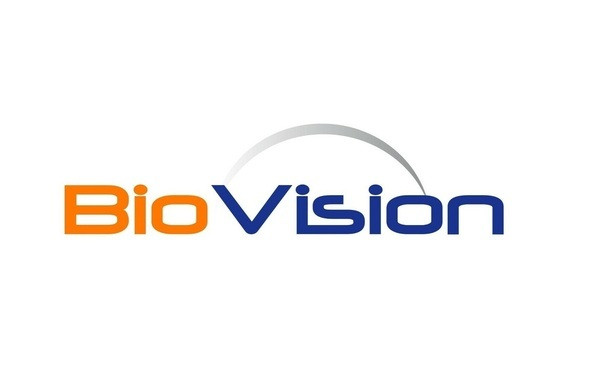Biovision
Human CellExp™ CD40 Ligand / TNFSF5 Protein, Fc Tag, Mouse recombinant
- SKU:
- 26-P1127
- Availability:
- Usually Shipped in 5 Working Days
- Storage Temperature:
- -20°C
- Shipping Conditions:
- Gel Pack
- Shelf Life:
- 12 months
Description
Biomolecule/Target: Cd40lg
Synonyms: CD40LG ,CD154, CD40L, HIGM1, IGM, IMD3, T-BAM, TNFSF5, TRAP, gp39
Alternates names: CD40LG ,CD154, CD40L, HIGM1, IGM, IMD3, T-BAM, TNFSF5, TRAP, gp39
Taglines: Tumor necrosis factor receptor superfamily membe
Taglines: USA
Country of Animal Origin: USA
NCBI Gene ID #.: 21947
NCBI Gene Symbol: Cd40lg
Gene Source: Mouse
Accession #: P27548
Recombinant: Yes
Source: HEK 293 cells
Purity by SDS-PAGE #: > 95%
Assay: SDS-PAGE
Purity: N/A
Assay #2: N/A
Endotoxin Level: < 1.0 EU per/μg
Activity (Specifications/test method): Measured by its binding ability in a functional ELISA.
Biological activity: Immobilized Mouse CD40, His Tag at 5μg/mL (100 μL/well) can bind Mouse CD40 Ligand, Fc Tag with a linear range of 1-16 ng/mL
Results: N/A
Binding Capacity: Immobilized Mouse CD40, His Tag at 5μg/mL (100 μL/well) can bind Mouse CD40 Ligand, Fc Tag with a linear range of 1-16 ng/mL
Unit Definition: N/A
Molecular Weight: 42.9 kDa
Concentration: N/A
Appearance: Lyophilized
Physical form description: Lyophilized from 0.22 μm filtered solution in PBS, pH7.4. Normally Trehalose is added as protectant before lyophilization.
Reconstitution Instructions: Reconstitute in sterile deionized water to the desired protein concentration.
Background Information: CD40 ligand is also known as CD40L, CD154, TNFSF5 and T-cell antigen Gp39, is a single-pass type I I membrane protein which belongs to the TNF superfamily of molecules. CD40 ligand is expressed predominantly on activated CD4+ T lymphocytes, and also found in other types of cells, including platelets, mast cells, macrophages, basophils, NK cells, B lymphocytes, as well as non-haematopoietic cells (smooth muscle cells, endothelial cells, and epithelial cells). Although all monomeric, dimeric and trimeric forms of soluble CD40 ligand can bind to CD40, the trimeric form of soluble CD40 ligand has the most potent biological activity through oligomerization of cell surface CD40, a common feature of TNF receptor family members. CD40 ligand binds to CD40 on antigen-presenting cells (APC), which leads to many effects depending on the target cell type. In general, CD40 ligand plays the role of a costimulatory molecule and induces activation in APC in association with T cell receptor stimulation by MHC molecules on the APC. In total CD40 ligand has three binding partners: CD40, α5β1 integrin and αIIbβ3. CD40 ligand regulates B cell function by engaging CD40 on the B cell surface. A defect in this gene results in an inability to undergo immunoglobulin class switch and is associated with hyper IgM syndrome.
Amino acid sequence: N/A
Handling: Centrifuge the vial prior to opening.
Usage: For Research Use Only! Not to be used in humans






